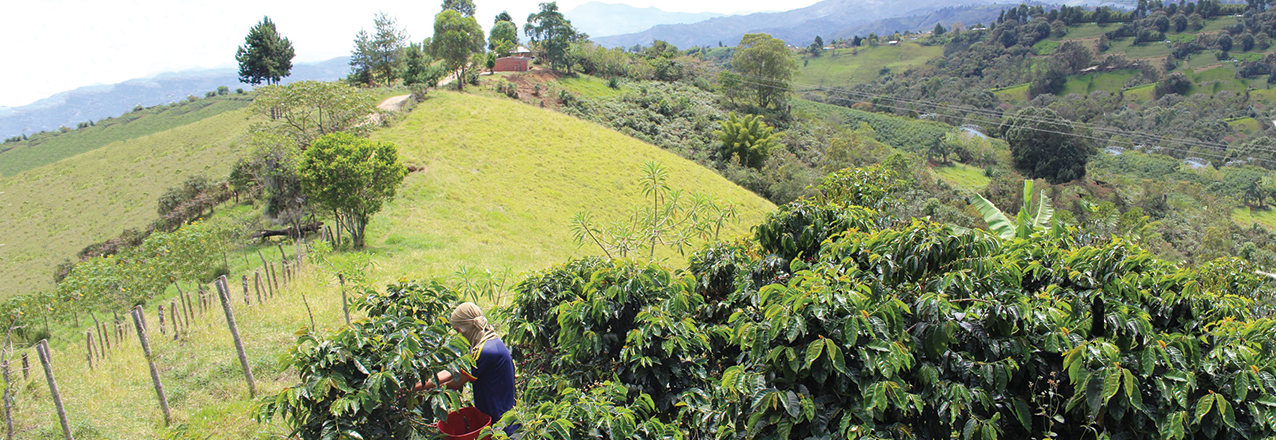On September 28, 2017 USAID held a Land and Conflict Webinar. It was a very engaged conversation, which meant that there were more questions from the audience than we were able to answer. Our panelists took the time to answer some of the most interesting questions, which we share here:
Question: Do you have successful stories about demarcation preventing, stopping or minimizing land conflicts? What are the effective mechanisms to enforce demarcation or delineated boundaries of Indigenous peoples’ lands from encroachment of corporations or third parties interested in the former’s lands?
Answer: We are supporting a pilot project which is demarcating communal areas in Afar and Oromia regions of Ethiopia. Negotiations between government and local communities took a very long time – they had to determine the size of land to be demarcated and type of land governance system to be established. While communities asked to restore and maintain traditional, larger-scale grazing systems, including customary institutions, government wanted the demarcation to be done at a small grazing unit level and keep management under formal government structures. Eventually, the government opened up to listen to communities’ interests and decided to allow traditional demarcation units to be managed by customary institutions, with technical and administration support by local authorities. As a result, both community representatives and local government officials reached to an agreement to proceed with the demarcation. We remain optimistic and hope to tell a success story of increased community land security once the demarcation is completed and recognized by government through issuance of a land use right title/certificate.
– Zemen Haddis
USAID has developed an Issues Brief on Tenure and Indigenous Peoples: The Importance Of Self-Determination, Territory, And Rights To Land And Other Natural Resources. The Issue Brief provides an overview of the key issues and includes recommendations for strategic interventions. Additionally, USAID/Ethiopia’s LAND project is working with indigenous pastoral communities to demarcate their lands and gain legal recognition of their pastoral community lands (see comment above). The Office of Land and Urban has an ongoing impact evaluation of this project to determine, among other factors, whether the demarcation reduces the incidence of encroachment by the private sector, government, or other actors, and if it reduces land conflicts. Similarly, in Liberia, USAID is evaluating [NGO] Namati’s Community Land Protection Program. That program includes boundary harmonization and demarcation, and community governance strengthening, in order to, among other things, empower communities to engage more effectively with external actors and reduce land conflicts. More information on these projects and ongoing impact evaluations is available on LandLinks.
– Kim Thompson
Question: I found this topic very interesting since in my country Ethiopia the dispute that has initiated from the conflict up a land boundary between Oromia regional State and Ethio-somali regional state, became very serious problem for evacuation & death of a lot of innocent civilians targeted based on their ethnicity (Oromo people & Somali living in Ethio-somali region and Oromia region). So what is your recommended strategic solution for this specific problem? We are in the middle of political crises where there is no transparency & accountability of federal & regional government leaders on resolving conflict rather than reporting false reports through public media ‘the conflict is ceased & no evacuation…’ even though the audience or community on the ground still suffering due to ongoing conflicts and thousands of evacuated people, I need to hear from you what should be done? Thank you!
Answer: I am not in a position to find out the causes of the recent conflict between Oromia and Somali regions in Ethiopia and provide a recommendation as a solution. I, however, can say that land remains at the center of many of conflicts occurring between different ethnic groups in Ethiopia. But it is good to note that land is not the only cause of conflict as there might be other triggering social, political and resilience factors.
– Zemen Haddis
Question: This is quite an important topic of discussion especially with the current state of conflict areas in Northern Nigeria. Not long ago I worked in a Land project (GEMS3) a DFID- funded program. This has really exposed me into understanding some land related issues in this part of the country especially the inequality issues that affect mainly the poor women and children. Do you have any Land and conflict related programs like the ones in Ethiopia and DRC here in Nigeria?
Answer: USAID is closely monitoring the conflict dynamics in Nigeria, including issues of displacement and land tenure. I am not aware of any current USAID programming specifically targeting land in Nigeria. However, the Office of Land & Urban is following with interest the Government of Nigeria’s plans to resettle those displaced by Boko Haram. Check out this overview of USAID programming in Nigeria.
– Kim Thompson
Question: As to the statement of Dr. Unruh: “Do not wait until war is over to address land & restitution issues – work with those affected ASAP” the concern about this view is that aid and relief agencies are quite particular of the “do no harm concept” of doing things. How can you reconcile this view [of yours] and the line of thought of aid and relief agencies from taking more proactive action on the ground due to the concept of do no harm concept?
Answer: Good question. By ‘do not wait to attend to HLP issues…’ we mean, begin to work with refugees and internally dislocated persons where they are dislocated, so as to begin to gather and organize their evidence that proves how they are attached to their HLP, so that when it is safe to return, they are able to quickly engage in an HLP restitution process. We do not intend to have people attempt to return to their HLP while the war is still underway, or have aid and relief agencies attempt to facilitate a return while the conflict is still underway. Only to work with ‘dislocatees’ while they are dislocated and where they are dislocated—ideally in a safe location.
– Jon Unruh
Question: What strategies are best suited for a society just emerging from an ethno-religious crisis as far as land matters are concerned?
Answer: Another good question. This can be a difficult scenario, particularly if forms of ethno-religious ‘cleansing’ has gone on, or other forms of demographic change has taken place, and divisions are ongoing, acute. Where there is willingness to engage in reconciliation, it can be productive to pursue this, but when there is reluctance to engage in reconciliation, options other than ‘going home’ should be considered by those that operate HLP restitution programs. HLP restitution program aims to do more than only assist people to regain their HLP. That is one option, but there are a variety of other remedies that can be offered when people are unable, or do not wish to return to areas of origin. These other remedies can include, compensation, alternative HLP in a new location, jobs, priority for development assistance, etc.
– Jon Unruh
Question: Have you seen any disproportionate impacts on women in the context of land and conflict in your region? What measures/provisions can be put in place to mitigate disproportionate gender impacts in the context of conflict?
Answer: Conflict has certainly affected women differently than men. According to findings from a nationwide household survey published in 2012, 32% of households in Colombia are female-headed. For every 100 female-headed households, there are 86 male-headed households. For every 96 men displaced between 1985 and 2012, 100 women were. A study by UN Women indicates that 40% of displaced Colombian women have experienced gender-based violence.
Nearly 4 million women were displaced during the conflict in Colombia, many of whom had lived in consensual unions and lost their partners. In the process of returning to the land they lived and worked on with their partners, these women faced particular barriers in seeking to secure rights to the land they had been displaced from. Biases against women’s contributions to ‘working the land’ and lack of documentary proof of their union result in local authorities often disregarding their claims to land upon return. These biases also result in women being granted ownership rights to public lands they have occupied in good faith far less than men are. A 2015 study by the UN Women revealed that only 9% of land titles in Colombia are registered in women’s names.
The Colombian Government has taken important steps to address the disproportionate impact of the conflict on women and their access and rights to land. For example:
- In December 2015, a unit dedicated to addressing the issues encountered by rural women was created (Direccion de la Mujer Rural) within the Ministry of Agriculture and Rural Development. This unit is responsible for designing and evaluating rural development policies, plans and projects to ensure they will equitably deliver social and economic benefits to women; coordinating national and local government entities to deliver rural development and agricultural services to women; and to propose laws, instruments and procedures that will enable rural women to access public goods and services. This unit nevertheless operates with a small staff and budget.
- The Peace Accords signed between the Colombian Government and the FARC have established gender equality as a key principle framing the different provisions and processes to be implemented in the peace process, including comprehensive rural reform measures which prioritize women together with conflict victims. The accords call for women to be granted equal access to land with men and for women heads of household to be given priority for being given titles on public land and for delivery of subsidies for land purchases. Because the accords call for ‘comprehensive land access,’ this also includes gender-equitable access to housing, technical assistance, productive projects, and inputs, and prioritization of female household heads.
- As part of the Peace Agreements, Congress provided a path for laws designed to implement the peace accords to be ‘fast tracked.’ One of these was Decree 902 which sets out the provisions for implementation of systematic land tenure formalization and the creation of a Land Fund that would benefit landless and land poor households. This law, only very recently passed, takes the very crucial step of designating domestic and care work, which is traditionally performed by women, as constituting productive use of rural land, which is necessary to prove in order to be granted private property rights by the government on rural public land.
– Anna Knox
Question: You have mentioned that about 40% of land in Colombia is informal. What strategies and approaches has your project undertaken to deal with this? Land informality tends to create a lot of land insecurities for marginalized groups – often being women, non majority communities etc. Can you share good practices and approaches from your project in this regard?
Answer: The program has carried out a number of measures to support the formalization of land rights of women and ethnic minorities, among these:
- Development of a systematic land tenure formalization methodology (the first of its kind being implemented in Colombia) that is highly inclusive of women and ethnic minorities (targeted communications of rights and the process, engagement in social cartography, engagement in adjudication, ensuring joint titling of couples, recognition of collective rights of ethnic groups, etc).
- Carrying out policy research and provision of policy inputs that lower the barriers for women to claim their land rights;
- Accompanying support for on-demand titling with communications campaigns that encourage women heads of household to secure formal titles and for couples to jointly register their land titles.
- Working with municipal land offices to ensure joint titling of couples and prioritization of vulnerable women household head, as well as training local authorities in linking rural women to productive project opportunities and subsidies.
Although LRDP’s mandate did not include collective titling of ethnic territories (this was the mandate of another USAID program in Colombia), the program did target ethnic communities in specific restitution and rural development activities. Specifically, in restitution, the program developed a methodology to carrying out characterization studies for ethnic communities seeking to be restituted their collectively held territories. These studies draw on the narratives of communities to document their relationship with the land and natural resources and their experiences during the conflict of being deprived of that relationship, including oftentimes displacement. These studies comprise a central piece of evidence to support the restitution cases of ethnic communities.
In addition, the program has employed multiple measures to ensure women’s full participation in the restitution process, including:
- Training lawyers preparing restitution cases to ensure female partners present themselves as co-applicants;
- Supporting radio programs (radio-novelas) produced by women to educate other women about their rights to claim restitution and have their land titled in their names.
- Conducting research on restitution sentences targeting women and provision of policy recommendations to enhance their gender differentiation and strengthen compliance of government entities in fulfilling those orders.
- Provision of tools for public defenders to encourage women secondary occupants (those who settled on land in good faith during the conflict, land that is now being reclaimed by the original owners displaced from it) to seek legal support and compensation for losses they may incur in the land restitution process.
– Anna Knox


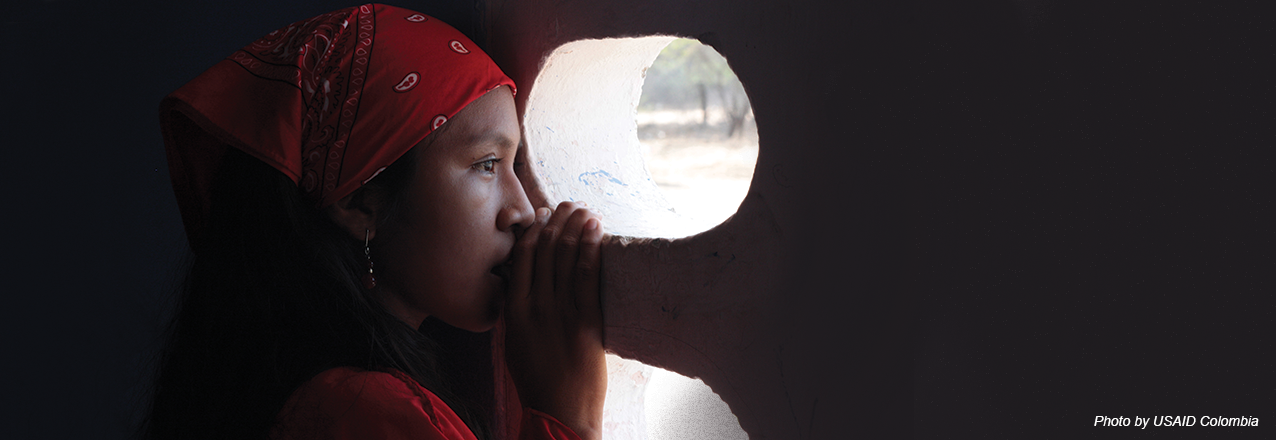
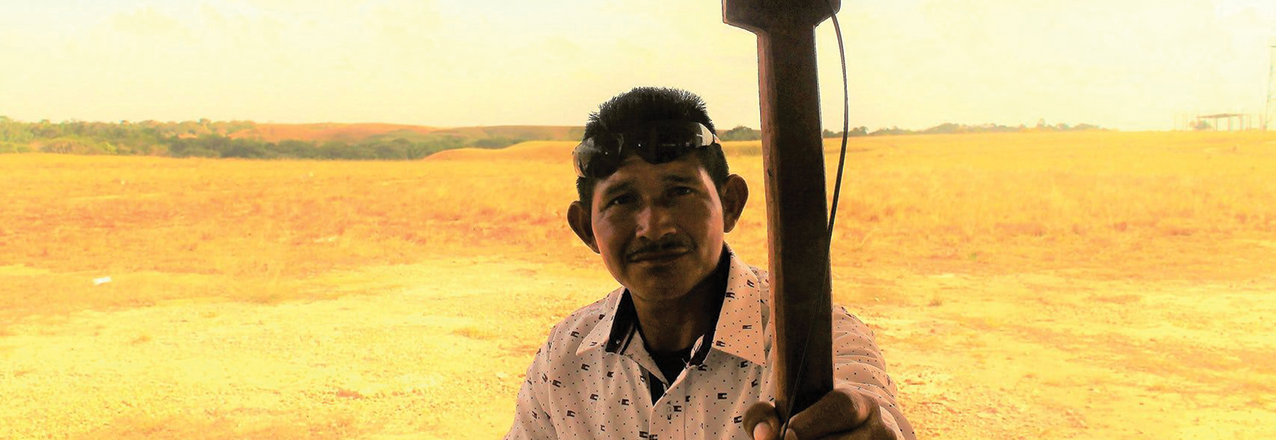
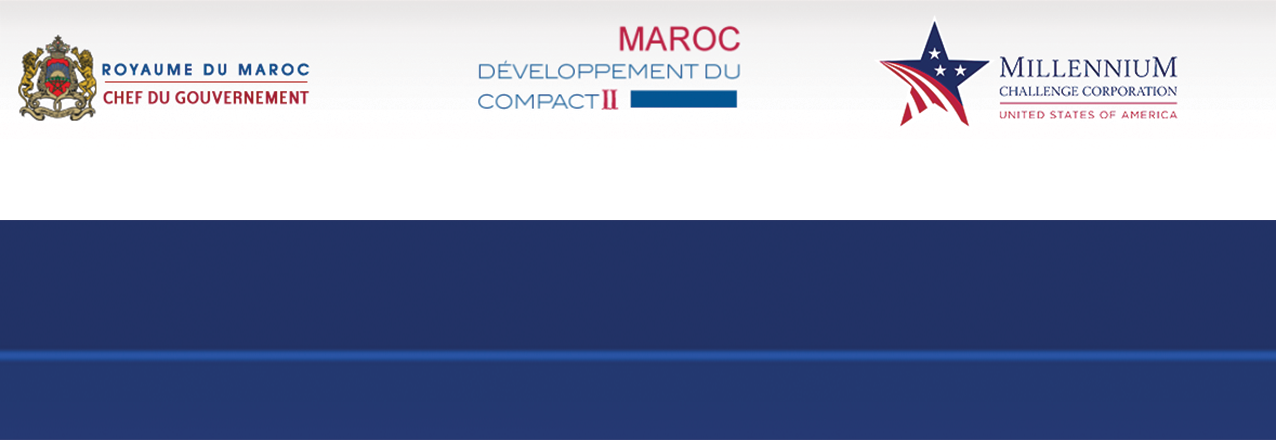
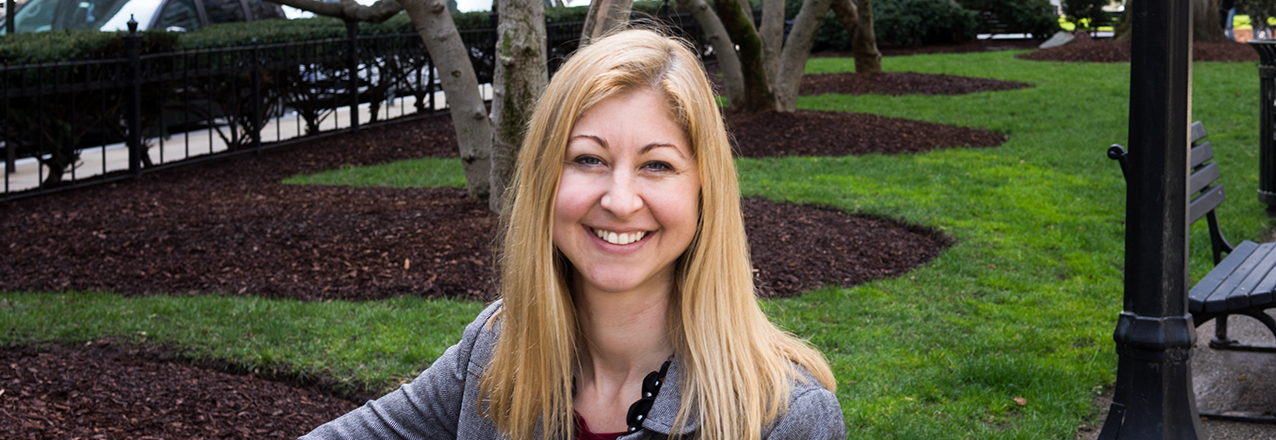
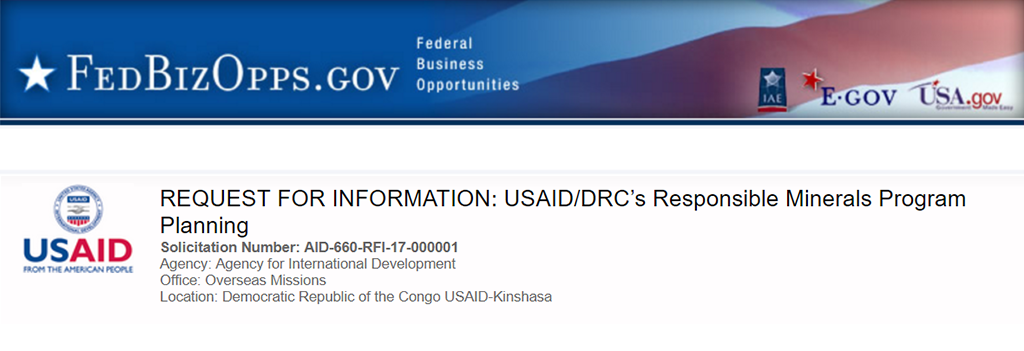

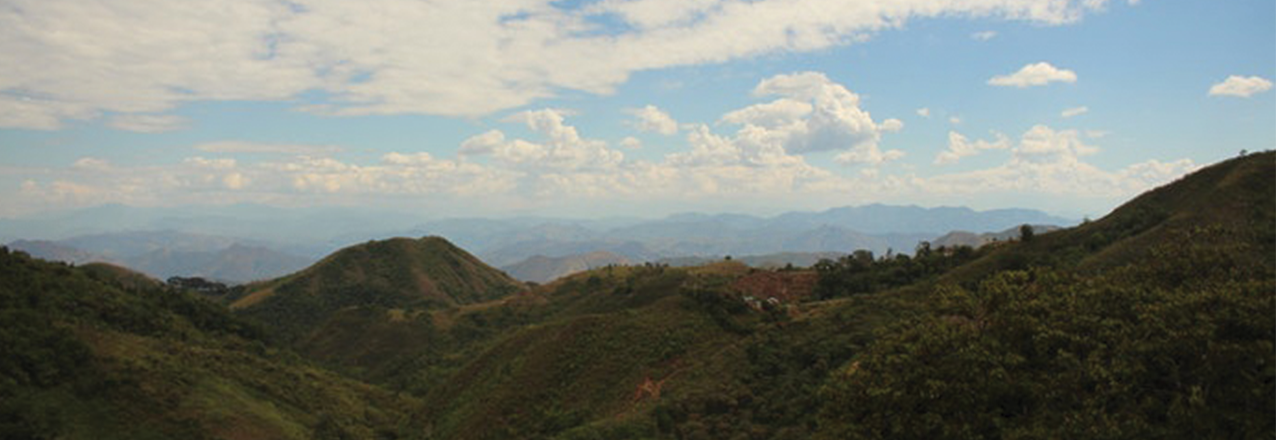
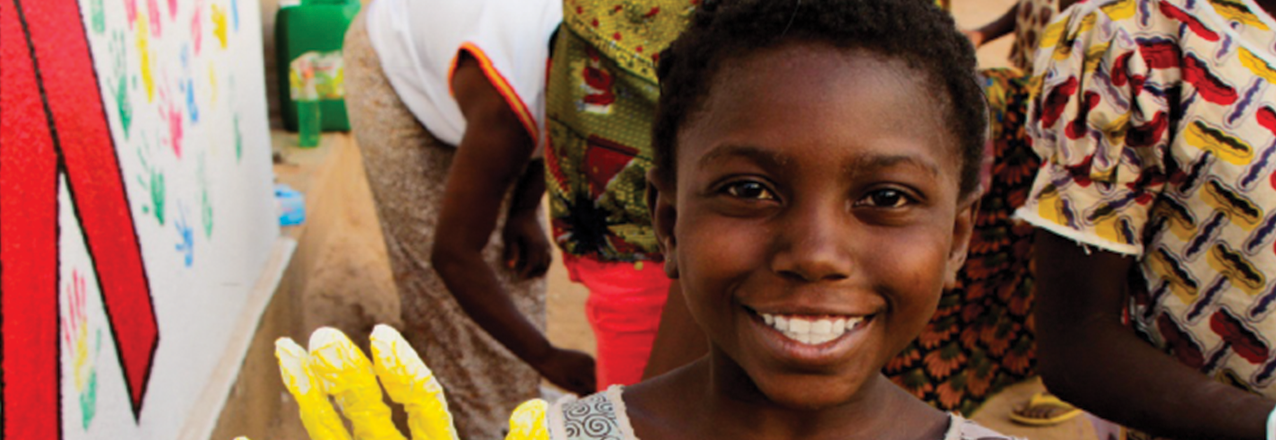

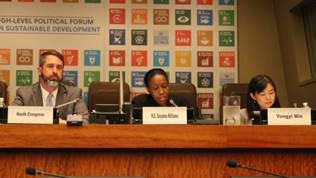 HLPF side event on Progress on Monitoring Tenure Security in SDGs – where are we? (NY, 10 July)
HLPF side event on Progress on Monitoring Tenure Security in SDGs – where are we? (NY, 10 July)